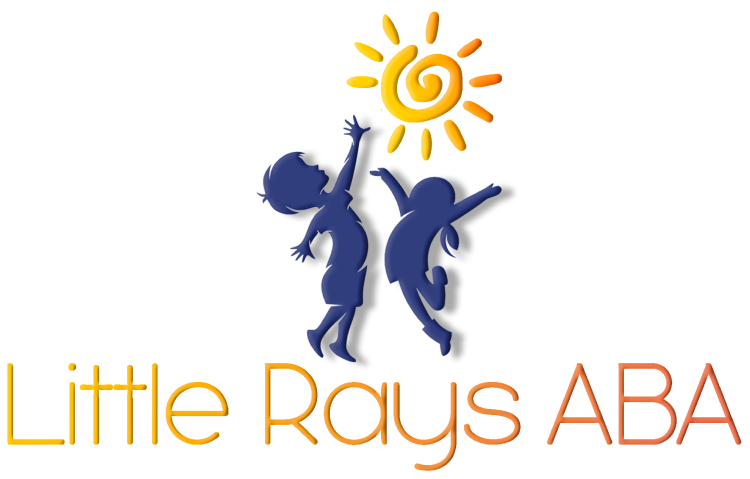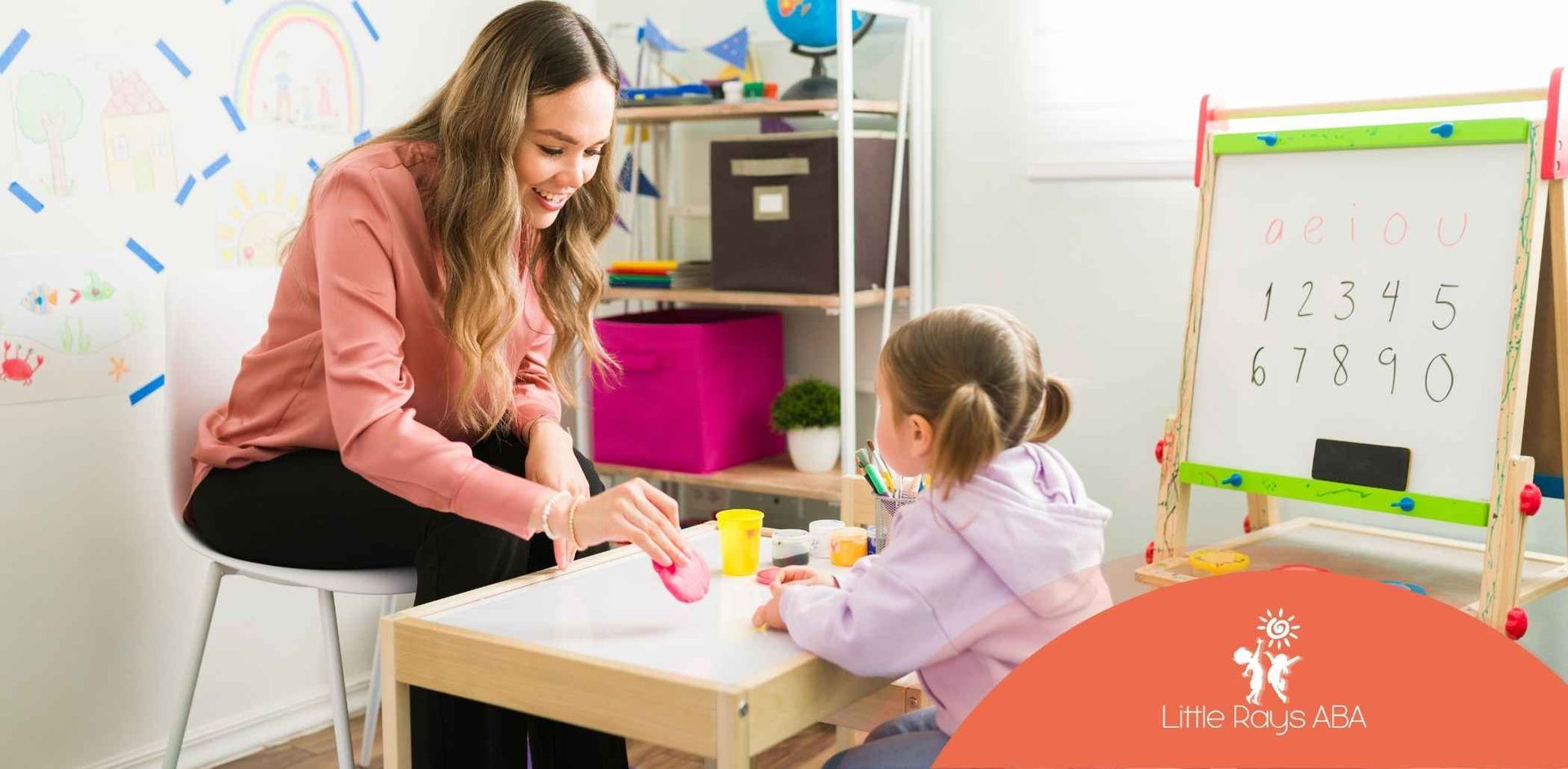
The Difference Between Shaping and Chaining in ABA Therapy
If you’ve ever wondered how therapists help children learn new skills step-by-step, shaping and chaining are two core techniques in Applied Behavior Analysis (ABA).
The quick answer: shaping builds a behavior gradually by rewarding small improvements, while chaining links smaller skills together to form a complete routine.
Shaping: Step-by-Step Progress
Shaping is like climbing a staircase—you don’t reach the top in one leap. Instead, each small step toward the goal is reinforced. For example, if a child is learning to say “water,” a therapist might first reward a sound like “wa,” then “wat,” until the full word is mastered.
Chaining: Building the Whole Picture
Chaining focuses on connecting smaller skills into a larger sequence. According to the University of Kansas, chaining is especially useful for daily living skills like brushing teeth or getting dressed.
The learner is taught each link in the “chain” until they can complete the full routine. This method can be forward chaining (start from the first step) or backward chaining (start from the last step).
Think of shaping as perfecting individual puzzle pieces, and chaining as assembling the full puzzle. Both work beautifully together—one helps master parts, the other helps integrate them.
At Little Rays ABA, we offer personalized ABA services across Florida.
We offer in-home ABA services, bringing learning into the comfort and familiarity of your own space. Our school-based ABA seamlessly integrates support into your child’s daily classroom routine, promoting consistency and confidence.
During the summer, our in-camp ABA helps children build social skills while continuing to grow academically. We also provide ABA parent training, giving families the tools and strategies they need to successfully reinforce skills at home.
Ready to see your child thrive? Contact Little Rays ABA today to get started.
FAQs
1. Can shaping and chaining be used together?
Yes. Therapists often shape skills within individual steps of a chain.
2. Which is faster—shaping or chaining?
It depends on the skill. Shaping can be quicker for single actions, while chaining is best for multi-step routines.
3. Do these techniques work for adults too?
Absolutely—both methods are used across ages and learning needs.
Related Posts





